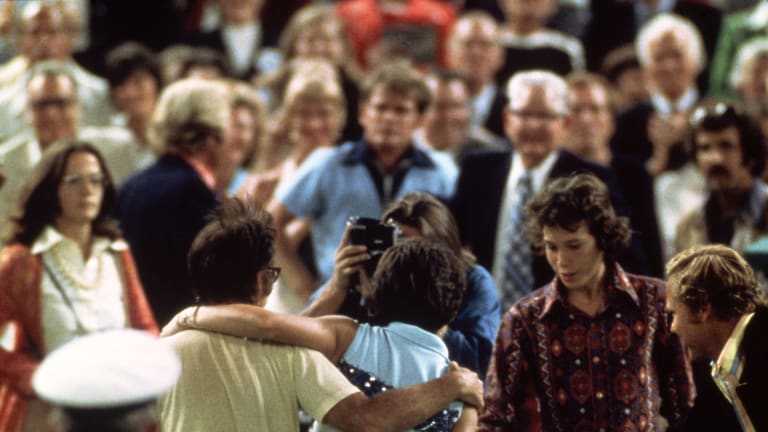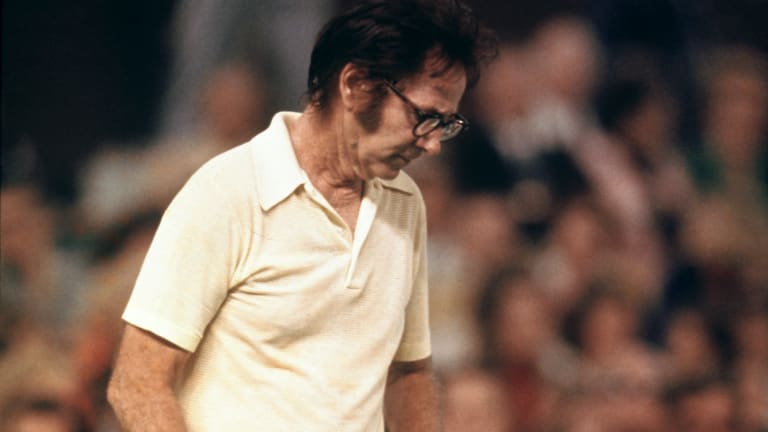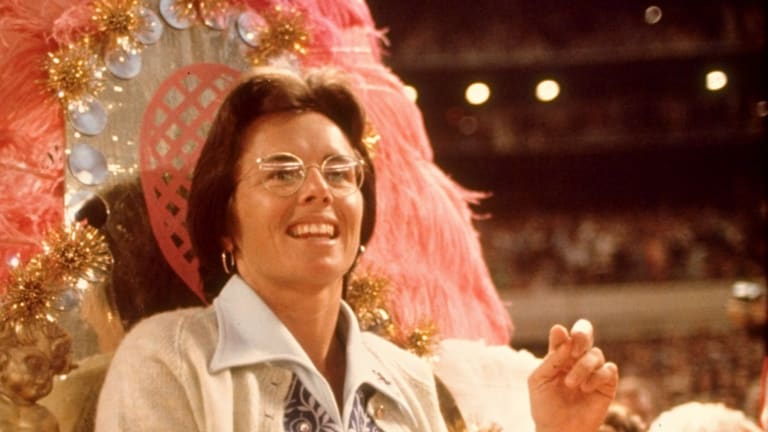Tennis Lessons
The Battle of the Sexes was a spectacle—and a match, too: How Billie Jean King beat Bobby Riggs
By Sep 20, 2021Tennis Lessons
REVIEW: Sincaraz books capture Jannik Sinner, Carlos Alcaraz in the wake of new era-defining dominance
By Oct 24, 2025Tennis Lessons
What is the importance of stats in professional tennis?
By Oct 18, 2025Tennis Lessons
JTCC makes "Tennis for Everybody" with adaptive tennis program
By Sep 13, 2025Tennis Lessons
What is an unforced error? A meditation on the tennis player's least favorite stat
By Dec 28, 2024Tennis Lessons
The Never-Ending Serve Quest: Top players shift focus towards improved deliveries
By Feb 27, 2024Tennis Lessons
Roger Federer in primetime: TC Plus Classics to revisit 20-time Slam champ's greatest matches
By Dec 19, 2023Tennis Lessons
Winning Ugly, revisited: Brad Gilbert’s ethos returns with Coco Gauff Slam triumph
By Sep 30, 2023Tennis Lessons
On 50th anniversary of Billie Jean King's 'Battle of the Sexes' win, a push to honor her in Congress
By Sep 20, 2023Tennis Lessons
Decades before the Battle of the Sexes, Billie Jean King and Bobby Riggs spun from the same cloth
By Sep 20, 2023The Battle of the Sexes was a spectacle—and a match, too: How Billie Jean King beat Bobby Riggs
How, 48 years ago today, did King intend to topple the man who had taken only 57 minutes to destroy her greatest rival, Margaret Court?
Published Sep 20, 2021
Advertising
Advertising

For all the contrasts trotted out to promote the match, King and Riggs had much in common when it came to tennis.
© Getty Images
Advertising

Margaret Court underestimated Bobby Riggs, but Riggs later underestimated Billie Jean King.
© Getty Images
Advertising

King entered the Battle with one strategy, but changed course—and it paid off.
© Getty Images